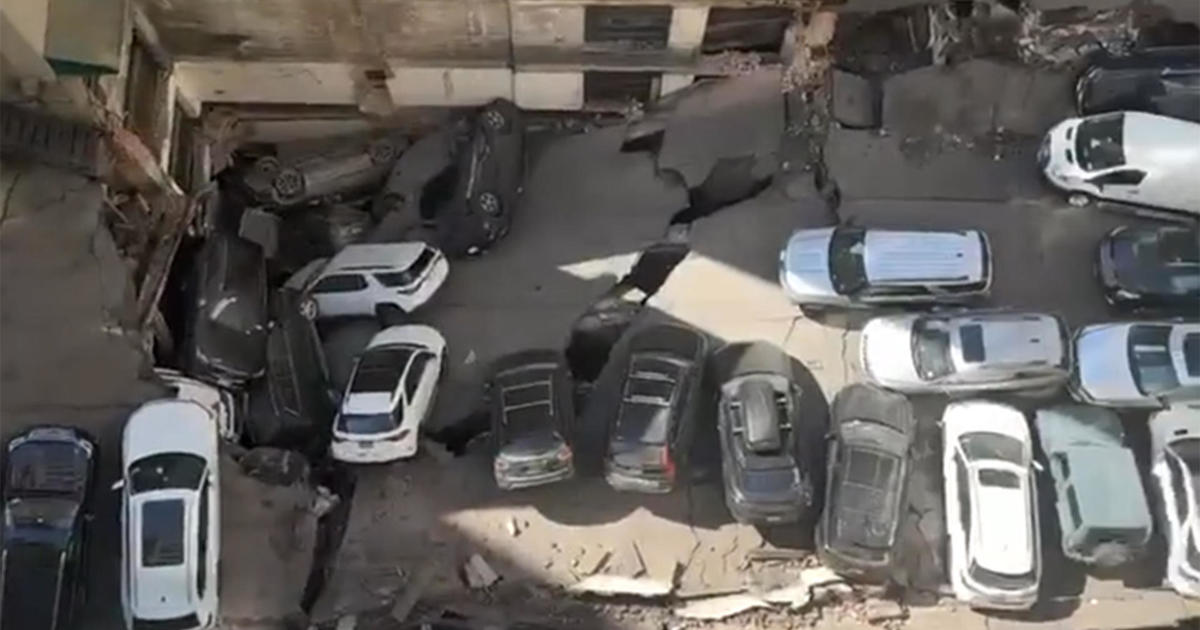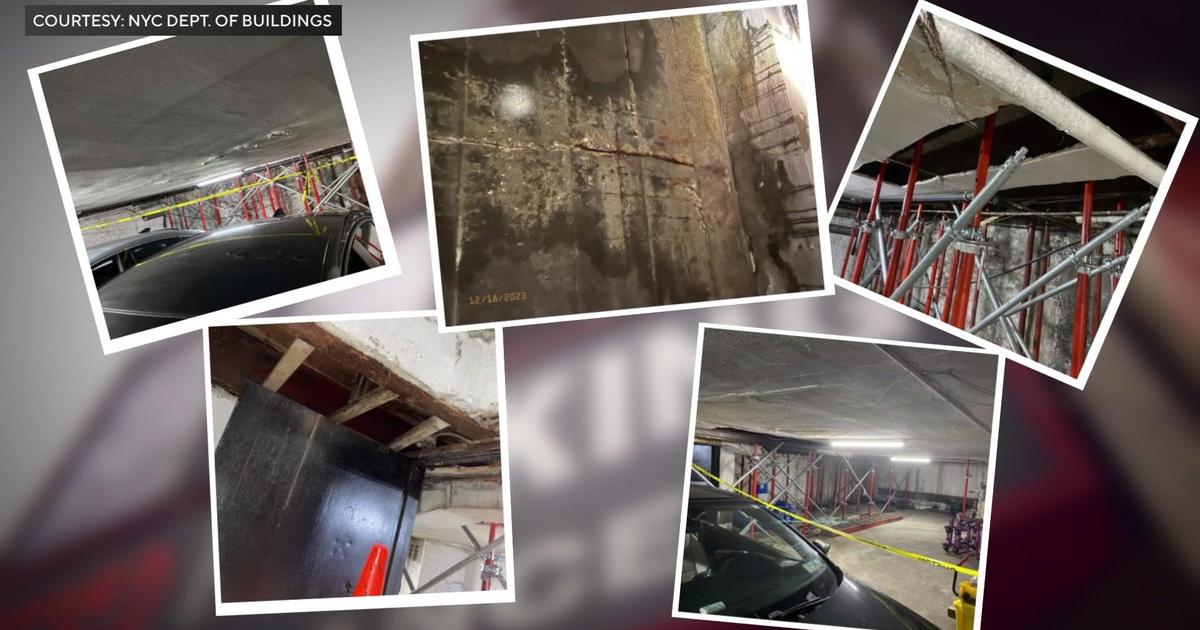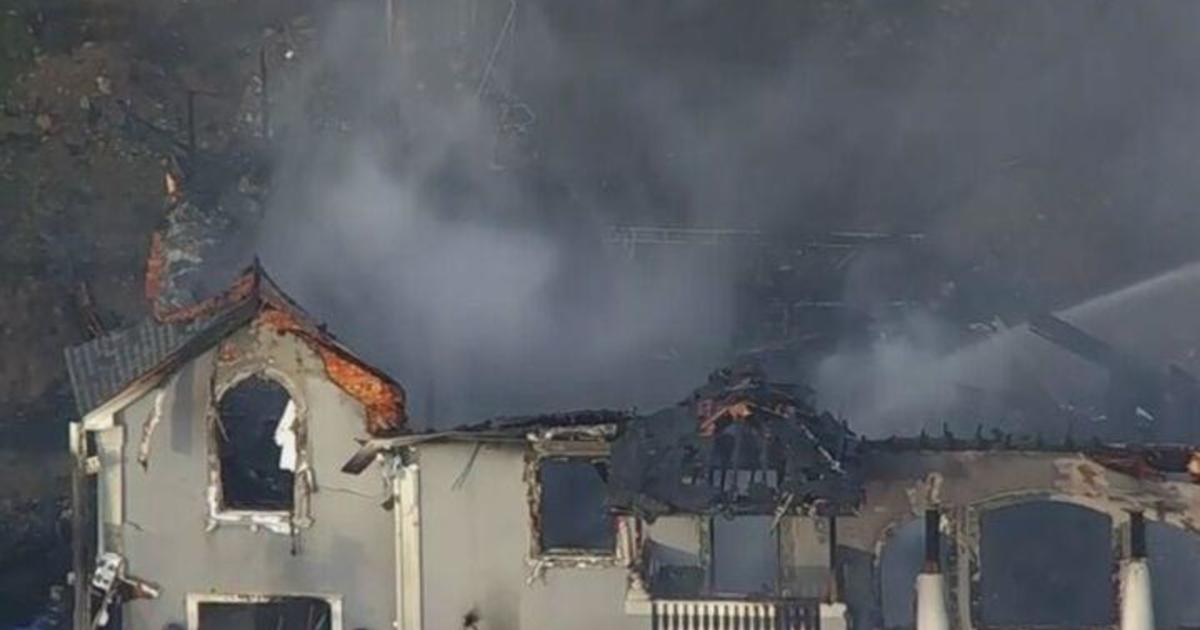Legal Experts Weigh In On Evidence, Testimony Presented To Ferguson Grand Jury
NEW YORK (CBSNewYork) -- A grand jury met on 25 separate days over three months before deciding not to indict Officer Darren Wilson in the shooting of Michael Brown, 18, in Ferguson, Missouri.
The grand jury of three blacks and nine whites sat through more than 70 hours of testimony from about 60 witnesses, including three medical examiners and experts on blood, toxicology and firearms. They also heard from Wilson himself.
MORE: CBS St. Louis Full Coverage | Grand Jury Documents | WATCH: Shaprton, Brown's Attorneys Speak
As CBS2's Dick Brennan reported, Wilson told the grand jury that neighborhood where he encountered Brown was a frightening place, known for its gangs and violence. He says his goal was to arrest Michael Brown, identifying him in a store theft.
But Wilson claimed Brown came at him as he sat in his car, and hit him twice.
"I felt that another of those punches in my face could knock me out or worse," Wilson told the grand jury. "I've already taken two to the face, and I didn't think I would. The third one could be fatal if he hit me right."
"What the officer felt was a chaotic and horrific scene," said Professor Jim Cohen of Fordham Law School.
The grand jury also saw evidence of Brown's DNA found in the patrol car, and images of Officer Wilson following shooting. They showed what appeared to be a bruised neck, and stains from Brown's blood on Wilson's police uniform -- consistent with a shot fired at close range.
But legal experts said Wilson's testimony of being in a violent confrontation doesn't necessarily match his bruises.
"The only injury based on the photos that were presented to the grand jury was some slight discoloration in places. And indeed, the discoloration was so slight that it had to be magnified or emphasized," Cohen said.
In their final encounter, Wilson said Brown was "just coming straight at me like he was going to run right through me. And when he gets about… 8 to 10 feet away… all I see is his head and that's what I shot."
But critics said what the grand jury didn't hear was a tough cross-examination of Wilson, and a road-map through all the reams of evidence.
"The prosecutor is there, for better or for worse, to guide the grand jury in assessing and evaluating the evidence, and that's not clear that that was done in a way that it ought to have been done," Cohen said.
But some law experts argued that there was nothing wrong with the District Attorney's grand jury presentation.
"I've represented top officials in the Manhattan District Attorney's office, and they've told me that for the past 25 years, every single cop-shooting case has resulted in a presentation -- just like this one -- of every shred of evidence that's available -- even when the prosecutor thinks it's a justifiable shoot," said legal analyst Paul Callan.
Wilson as of Tuesday was still on administrative leave, and was the subject of an internal investigation by the Ferguson Police Department. It is believed he will resign the force.
Check Out These Other Stories From CBSNewYork.com:



